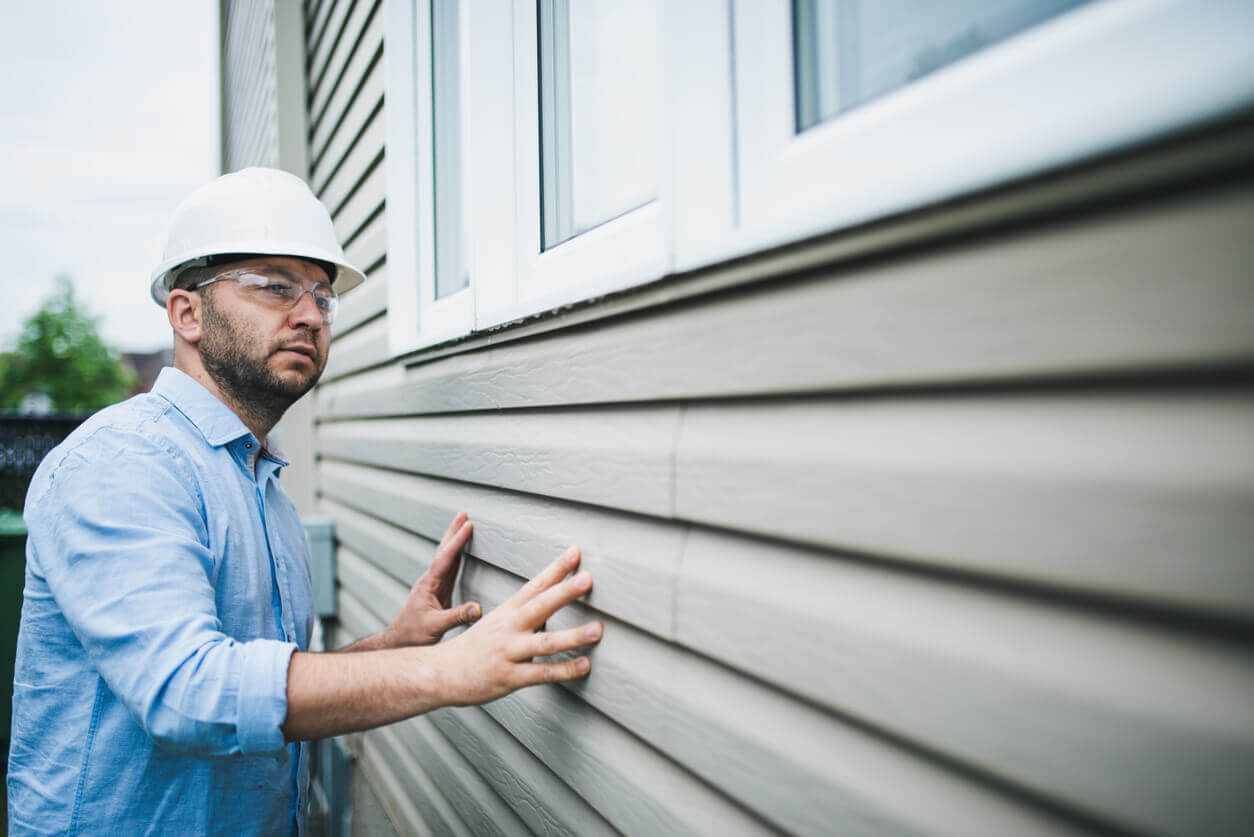Buying a new property can bring with it a rush of excitement. You've walked through multiple open homes, negotiated with the bank, and finally had an offer accepted. While you might be eager to secure your new home as quickly as possible, don't fall for the trap of waiving your right to a building inspection before going unconditional.
Building and pest inspections are designed to protect buyers from purchasing a home that's full of unidentified risks. Building inspections can highlight key areas that buyers need to be aware of, whether as an urgent consideration or something to be mindful of down the track. Without a building and pest inspection, buyers risk signing up for financial impacts they're unaware of at the time of purchase.
Building and pest inspections help validate the valuation required for lenders to agree to the loan. The upfront investment can save tens of thousands, if not hundreds of thousands, in the long run. Building inspections also highlight safety issues, protecting incoming buyers from inadvertently dangerous situations.
Unfortunately, many buyers forego building and pest inspections in their rush to settle. While this process can add time to the buying timeline, pre-purchase building inspections are essential for protecting your investment. A little patience upfront can save a world of long-term pain.
The process of a pre-purchase building inspection
A pre-purchase building inspection will carry out an extensive assessment of the property's condition. This is undertaken by a qualified inspector, looking at areas such as roof conditions, wall cracks, potential mould issues, asbestos, retaining walls and more. They'll also advise whether or not these faults are repairable, with estimates on the cost of these repairs.
Pest inspections are increasingly common and are recommended as a part of the building inspection. This will identify any termites or potential issues caused by any other pests. As pest issues can cause ongoing structural damage to homes, a thorough pest inspection can save the pain of a surprise repair bill down the line.
The cost of building inspections
No two states are the same regarding the cost of a building and pest inspection. These can also be more expensive in metropolitan areas than in regional areas. A safe estimate is approximately $600, a small price to pay against the hundreds of thousands in issues that could result from not investing in one upfront.
This fee gives you peace of mind, allowing you to complete your purchase without any nasty surprises popping up on the other side of the settlement.
What's included in a pre-purchase building inspection
Qualified inspectors will identify any structural defects. However, they won't be looking at minor issues, such as the condition of materials and finishes. It's why it's important for your inspection to be thorough so you have a clear understanding of the state of the property across the finer details.
Building inspectors will carry out an overview of these structural defects in alignment with Australia's Building Codes and Standards. If you purchase a home that doesn't meet these standards, you'll become responsible for all associated costs in bringing the building up to code standards.
The building inspection report will allow you to obtain quotes for relevant work. If a building inspection unearths a major problem, those quotes can then be used to negotiate the purchase price, recognising the work to be done in order for it to meet the Building Codes standards. This gives you the insight to build a clear budget for necessary repairs.
Electrical wiring will be inspected, and smoke alarm tests will be carried out. Faulty electrical wiring can be extremely dangerous. It increases the risk of fire or electrocution, so a building inspection reviews the state of the home's electrical wiring. Smoke alarms must also be in working order to maintain the home's safety. A building inspection will check smoke alarms meet building codes, identifying where they may need to be replaced or added.
Building inspections will also evaluate whether any home areas are unsafe for future inhabitants. Many older homes in Australia have asbestos and other dangerous materials in their walls and roofs or may be missing balustrades. A building inspection can point out which issues need consideration for future renovations or everyday liveability.
The inspection doesn't stop just within the home itself. Building inspections will also look at any other structures on the property, such as sheds, verandahs and patios. They'll check that these comply with local council regulations. They may need to be removed if they're not, which can be a costly (and disappointing) exercise.
How long do building inspections take
Building and pest inspections aren't lengthy ordeals. They'll often only take a couple of hours, with most companies needing a few days' notice to schedule an inspection. This will be followed by a written report that summarises their findings.
That report can then be used to negotiate your final purchase price or save you from moving ahead with a disappointing property once a negative report comes back. While it may be disheartening to let a home go based on the results of a building inspection, this is the only way to ensure you're moving into a trustworthy home for the long run. After all, you've just handed over a good chunk of your life savings for this home - you don't want to find out it's not exactly as it appears after move-in day!
Building and pest inspections are a powerful tool to protect your long-term investment. By making the wise choice to invest in one before your contract goes unconditional, you'll be able to move ahead with the knowledge you need to make your new house a home. If you decide to let this one go and find another property, you can be grateful for the tens of thousands saved in potential issues. Either way, it's a process that's highly recommended to follow.

